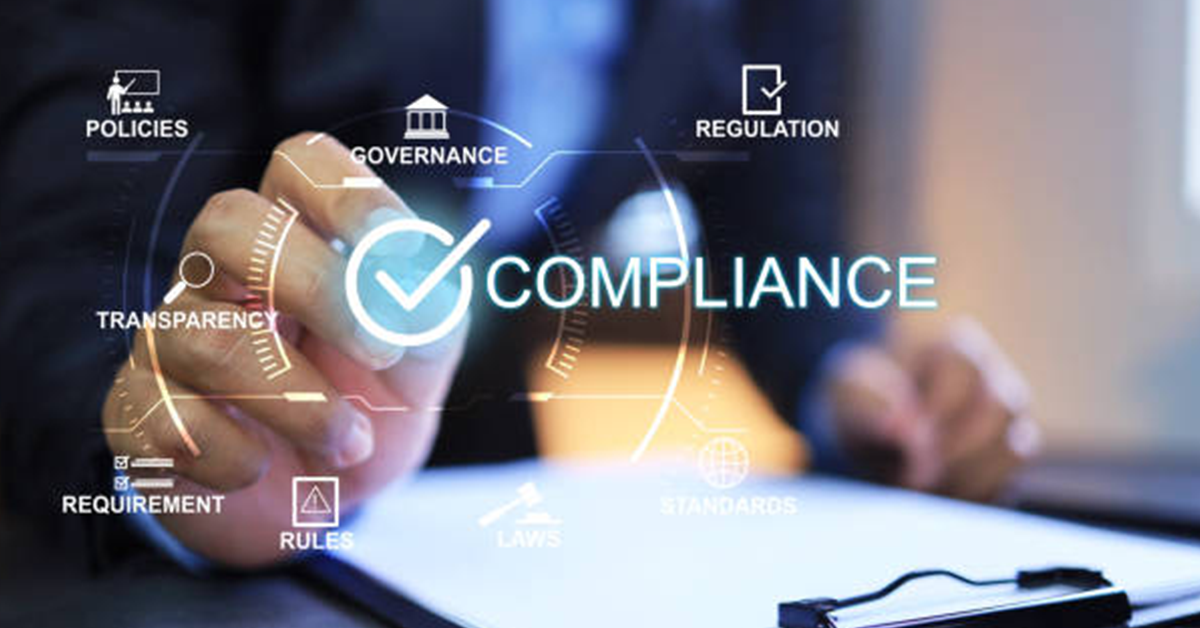2 min read
EUDR Compliance Is Achievable — and U.S. Forest Products Companies Are Already Proving It
ResourceWise
:
Nov 18, 2025 4:35:38 PM

Across the U.S. forest products industry, one question keeps coming up: “Can American supply chains actually comply with the EU Deforestation Regulation?”
With millions of acres of working forests, mixed wood baskets, and highly dynamic sourcing networks, many producers initially feared that EUDR’s requirements — plot-level geolocation, full traceability, and rigorous due diligence — would be impossible to meet.
But that belief doesn’t match the reality. EUDR compliance is not only achievable—it is already being executed across U.S. pulp, paper, packaging, biomass, and timber supply chains. With the right digital infrastructure, full compliance is possible today.
The EUDR Looks Daunting—But It Doesn’t Have to Be
EUDR requires companies exporting wood-based products to the EU to prove their materials are deforestation-free, legally harvested, and fully traceable back to the exact plot where they originated. That sounds overwhelming, but the industry is starting from a position of inherent strength. U.S. forests are among the most sustainably managed in the world, with long-standing certification systems and land records that provide a strong foundation for geolocation and legality verification. The challenge isn’t that U.S. data doesn’t exist—it’s that it hasn’t been centralized, standardized, or connected across thousands of suppliers.
That is where modern digital tools change the equation. Contrary to early fears that the U.S. landscape could never meet EUDR’s geolocation requirements, satellite data, parcel maps, state land databases, and mobile geolocation apps have made polygon-level traceability feasible and dependable.
Forest Trackt: The U.S.-Built Platform That Delivers Full EUDR Compliance Today
ResourceWise created Forest Trackt specifically to solve the U.S. market’s unique EUDR challenges. By combining SilvaStat360 data, the ForestLogger mobile app, public geospatial data, ownership records, and mill sourcing intelligence, the platform delivers a complete, end-to-end compliance solution.
Forest Trackt automates and simplifies the compliance process:
- Captures and standardizes polygon geolocation data offline in remote forests
- Builds continuous digital chain-of-custody from harvest through every residual stream to the finished product
- Runs real-time risk assessments and flags potential issues before goods move
- Generates, validates, and submits Due Diligence Statements directly into the EU’s TRACES system
- Archives all records for the mandatory five-year period, keeping companies audit-ready
The Deadline Is Closer Than It Seems
Large and medium-sized operators and traders must be fully compliant by December 30, 2025 (with a six-month enforcement grace period ending June 30, 2026). Micro- and small enterprises have until June 30, 2026 (or December 30, 2026, under the latest October 2025 simplifications).
Digitizing a supply chain takes 3–9 months, and the lag from harvest to EU customs can exceed six months. That means companies need compliant material flowing through their systems now if they want uninterrupted market access in 2026.
Demand for proven solutions is surging, and implementation queues are growing longer every month. Companies that delay risk rushed rollouts, higher costs, or temporary loss of EU market access.
EUDR Is a Manageable Regulation—and an Early-Mover Opportunity
For the U.S. forest products sector, EUDR ultimately boils down to a data-integration and documentation challenge. Because U.S. forests have among the lowest deforestation risk globally, are governed by strong legal frameworks, and already generate much of the required evidence through existing certification and land-record systems, the structural foundation for compliance is already in place.
Digital platforms that centralize and standardize this data have made full, plot-level traceability operationally realistic and cost-effective, even for highly mixed and dynamic supply chains.
Companies that complete their digitization by 2025 will not only meet the December 30 deadline comfortably, but also gain additional benefits:
- Cleaner, audit-ready records that simplify future EU inspections
- Greater internal visibility into fiber flows and risk
- Stronger positioning as the market shifts toward carbon accounting, scope-3 reporting, and broader transparency mandates
In practice, the producers who treat EUDR preparation as a one-time compliance exercise will incur higher long-term costs and friction. Those who use it as the catalyst to modernize supply-chain data will come out more efficient and resilient.
The technology exists today. The deadlines are fixed. The only variable left is timing.




